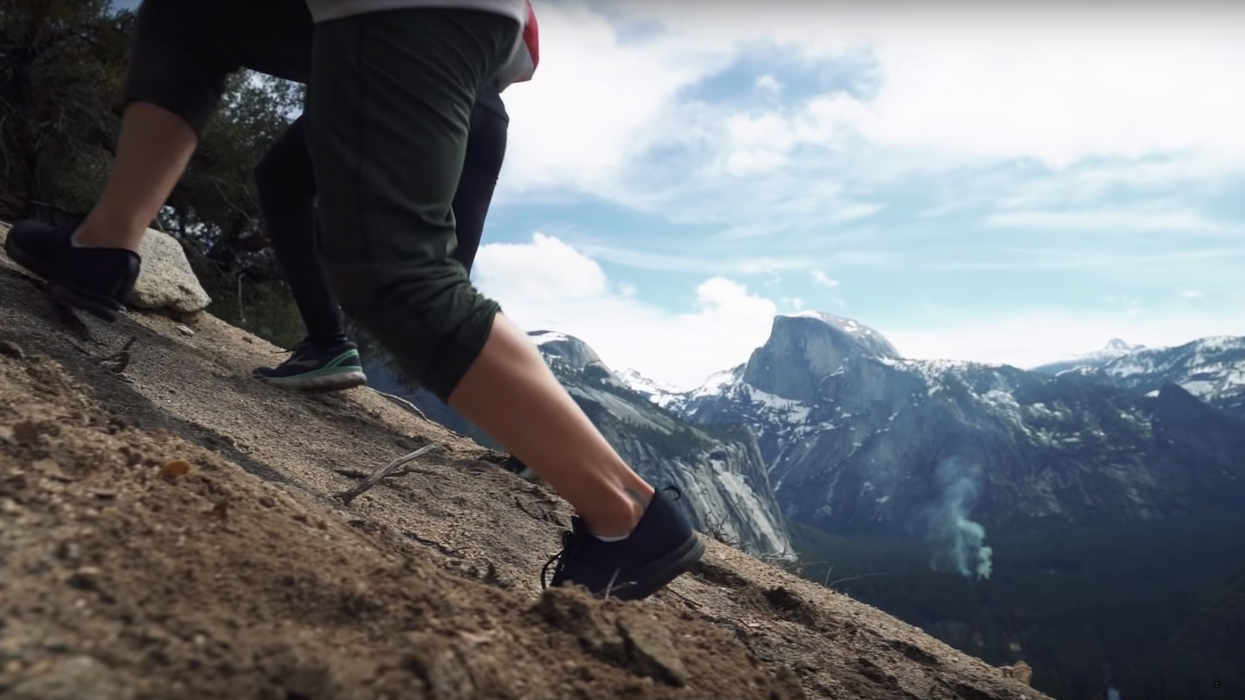3 Ways You Can Stabilize Handheld Shots When Shooting Sans Gimbal
No gimbal? No problem. Here are some ways to shoot better handheld footage without one.

Not all of us have access to a gimbal, okay? Raise your hand if that's you.
Yeah, me too.
It's all good, though, because if you know a few clever shooting and post-production techniques, you won't be left with a bunch of shaky, unattractive footage.
In this video, Zach Ramelan shows you how he stabilizes his camera (and footage) when he goes out shooting handheld on mountains and treacherous terrain without his trusty gimbal. Check it out below.
Shoot High-Res
If you shoot 4K (or higher), you'll have a lot more data to offer your stabilization tools once you head into post. Be careful, though. If Warp Stabilizer (or whichever feature you use) is on the fritz, cropping in is only going to make your movements more noticeable and amplified.
Slow Mo is Your Friend
Shooting at 60, 120, or 260 fps (or higher) will slow down all those bumps and jerks, making your footage look smoother. Of course, you probably don't want to shoot your whole project in slow-mo, so be sure to be intentional in which shots you decide to slow down. Action shots, tracking shots, and other shots that highlight movement are great candidates for this.
Get Your Robot On
We humans are a squishy, jiggly bunch and the way we move shows it. So, if you're shooting handheld without a gimbal, you need to learn how to mimic those robotic movements gimbals and other camera stabilizers offer as best you can. Perfect what Peter McKinnon calls the "ninja walk". Keep your camera as close to your core as possible. Pull your arms in and give yourself more stability. Spread your legs out. All that jazz.
What are your tips on shooting more stable handheld shots? Let us know down in the comments.
Source: Zach Ramelan











